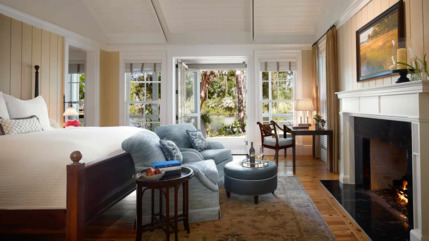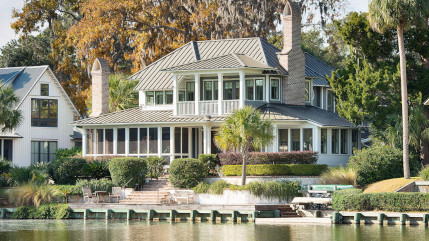
MIROSLAVA “MIRA” SCOTT
Miroslava “Mira” Scott began her journey in art while a young girl in the Quebec countryside of Canada. She developed a love of nature and wildlife there on Calumet Island where she spent her free time. Mira’s work has been influenced by this and the assortment of animals and birds that her father brought home to observe from the Montreal Zoo. Later when her father was a dolphin trainer at the Montreal Aquarium, Mira had the opportunity to observe these incredible creatures up close. Her father called her “eagle eyes” because she had learned from him at an early age to sit still and watch for any subtle movements in the woods, sky and water. “It would give me great pleasure to spot something before he did. My father placed me in a canoe on the Ottawa River at five days old; all bundled up like a papoose.” This influence can be seen in her most recent works, “Big Dipper, Little Dipper” (Loggerhead turtles coming ashore) and “Miss Swiss” (cow in pasture in Switzerland). Her early works were landscapes and wildlife done in watercolors and were very “traditional.” A critique by a very well known, nationally collected Canadian artist stated, “What an interesting touch of eroticism.” when noticing a touch of red polish on a self portrait that was otherwise a very calm, monochromatic piece. Mira was quite taken aback by this comment and it took her two years before she painted again. Nevertheless, she became very proficient at working with etchings as a medium. She liked the graphic nature of it. “It was like doing sculpture on paper. It was a very black and white way of thinking,” Mira felt. Her admiration of a sunflower painting and its whimsical nature and the inspiring quotations painted in the picture motivated her next transition. After some research, she came up with the idea of using AFX3 illustration board that was sturdy, archival quality but lightweight. She started creating pieces that had a push and pull in the color – high contrast – to create movement. Her sunflower was very pleasing and provoked a new style and color scheme for Mira’s work. Her latest works return her to the beginning… diptych’s of a Loggerhead Sea Turtle coming out in the moonlight to lay her eggs and then the young hatchlings making their way to the surf, “Place in the Woods,” memories of her childhood on the Ottawa River. “Because we are so connected to nature here on Hilton Head Island, it is easy to be inspired, Mira noted. “Bubba Duey’s Little House” is an example of being inspired by local scenes without painting the traditional shrimp boats and marsh scenes. It was inspired by a photograph she took 25 years ago of a small traditional Gullah house on Hilton Head Island. This giclee helps raise funds for the Gullah Museum which in turn helps sustain the fragile, vanishing culture of the Sea Islands. She feels that her turning point was when selling art was no longer her focal point – instead pleasing herself through design and free thought was her mindset. Mira has owned “Picture This Gallery” in Hilton Head since 1985. It is a place where many artists, friends and patrons gather on a daily basis. Her love of nature is seen in all of her work, capturing emotions and moods ranging from serenity to joy.









